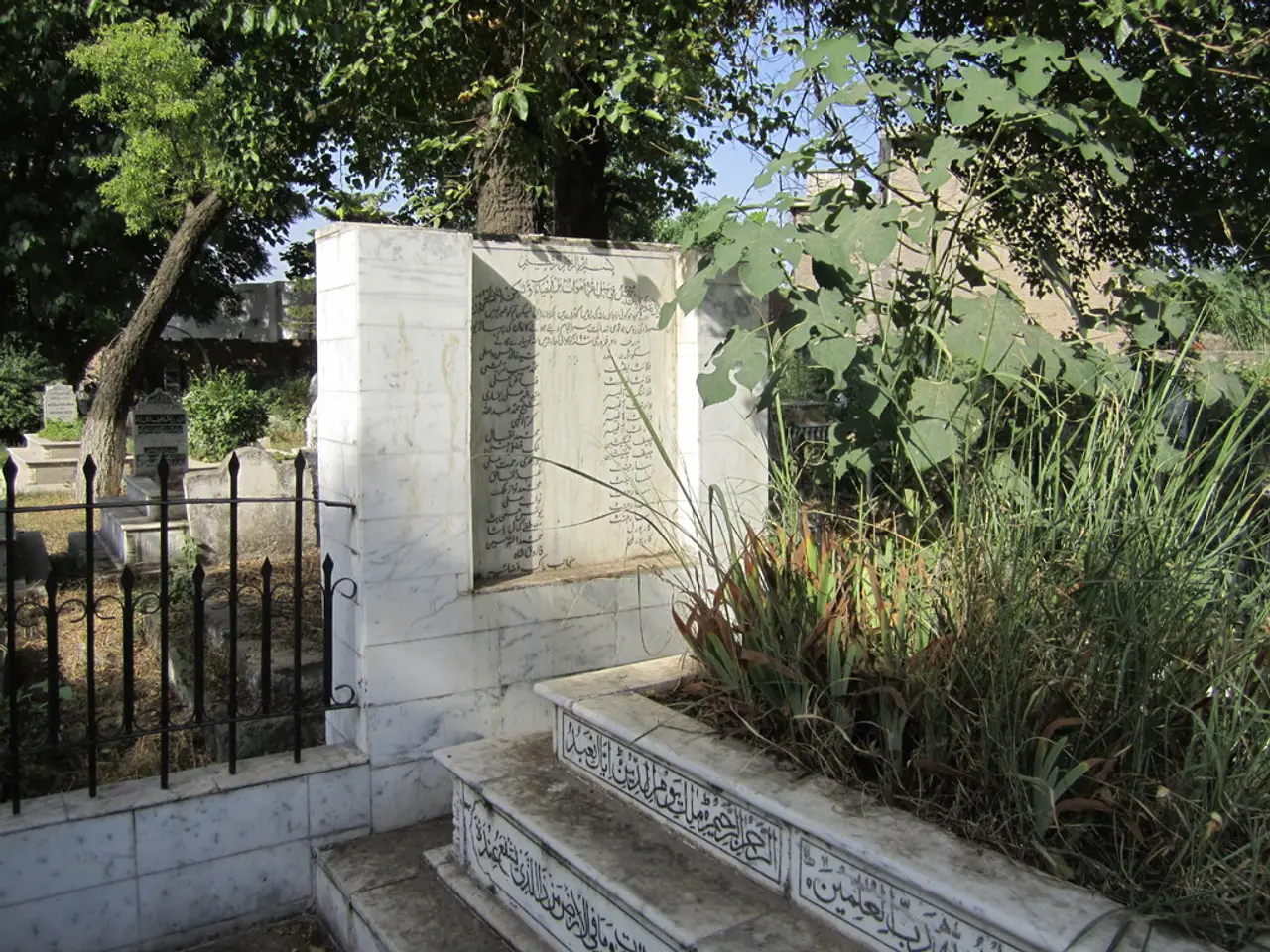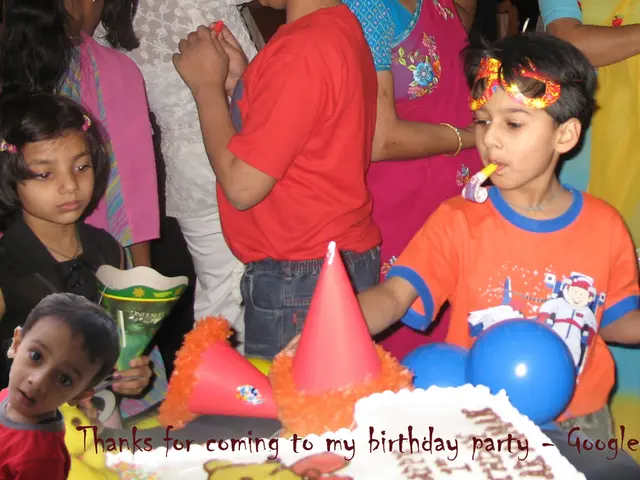Discovered Tomb Filled with Gold Surprises Scientists in Ancient Iran, Belonging to Adolescent
In the heart of northeastern Iran, archaeologists have unearthed a fascinating discovery that sheds light on the social and economic systems of early second millennium BCE. The rich Bronze Age burial of a young girl at Tepe Chalow, a site strategically located at the crossroads of Central Asian trade corridors, has reshaped our understanding of this era.
The researcher who made this groundbreaking discovery was Susan Pollock. The burial, known as Grave 12, contains 34 distinct objects, including gold rings, earrings, bronze ornaments, ivory pins, and stone vessels. One of the most intriguing finds is a chlorite cosmetic container adorned with carved snakes and scorpions.
The body in the burial was positioned on the right side, facing southeast, similar to other burials at the site. Pottery vessels were placed around the head, back, and feet of the body, suggesting a ritualized pattern. The presence of such wealth in the grave of an adolescent is unique within the Greater Khorasan Civilization archaeological record, suggesting that social status in Chalow was hereditary.
By linking the local findings to the broader framework of the Greater Khorasan Civilization and the Bactria-Margiana Archaeological Complex, archaeologists are beginning to map how wealth, trade, and power were interwoven in one of the most dynamic cultural regions of the Bronze Age world. The materials found in the grave, such as ivory, gold, and chlorite, connect to resource networks spanning Afghanistan, Turkmenistan, and Mesopotamia.
The concentration of seals in one grave at Tepe Chalow indicates that the deceased, or her family, held a role in supervising goods, managing storerooms, or overseeing exchanges within regional markets. Seals in ancient societies often acted as signatures, granting authority and ensuring accountability in the movement of goods. One of the seals found in the grave depicts two human feet within a circular design, adding to the mystery surrounding the individual's role in the community.
The discovery of the teenager's tomb at Tepe Chalow raises questions about how identity was constructed in Bronze Age Iran. The decorated seals and luxury items found in Grave 12 suggest standardized funerary practices tied to lineage and ritual identity. Archaeologists believe that such tombs acted as statements of power, signaling both familial prestige and regional connectivity.
Future isotopic and metallurgical studies will provide insights into the diet, mobility, and craft production techniques of this population. As more is uncovered about Tepe Chalow, it continues to offer valuable insights into the complex social and economic systems of the Bronze Age world.







